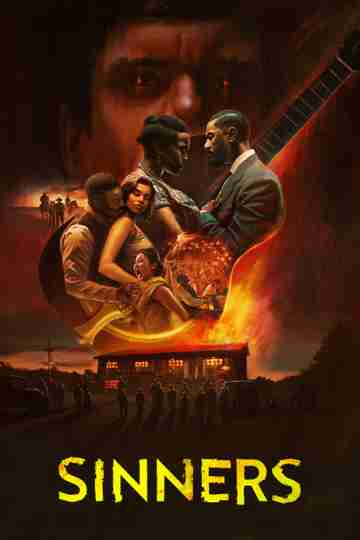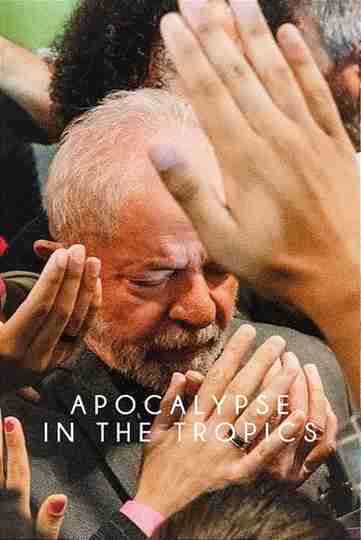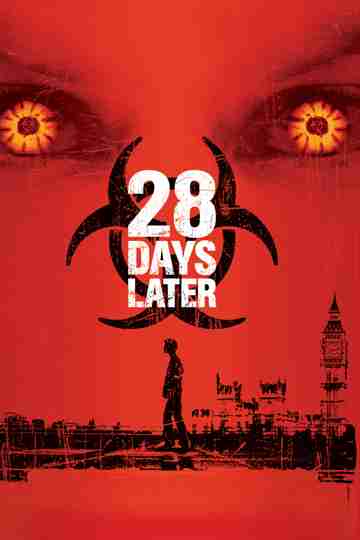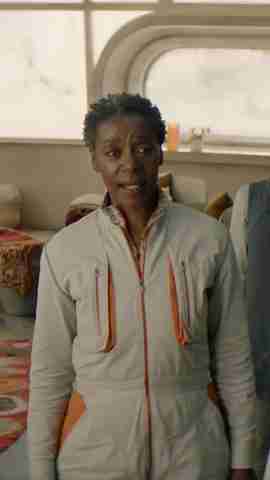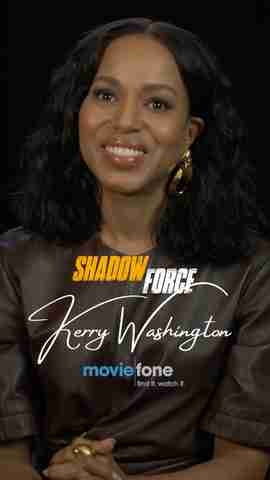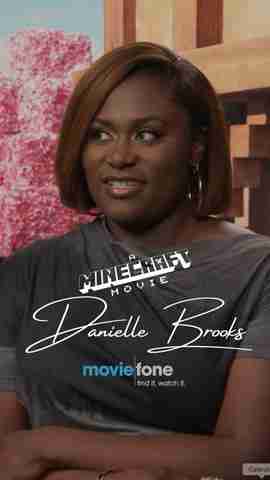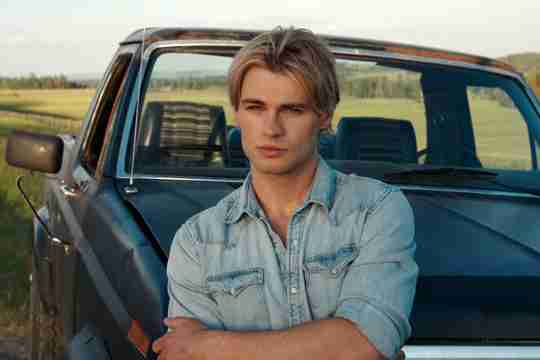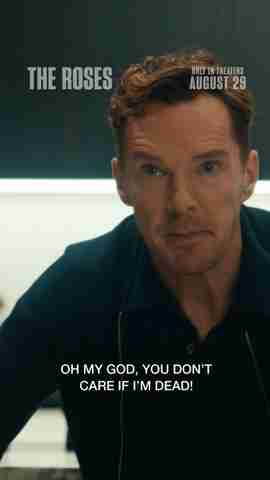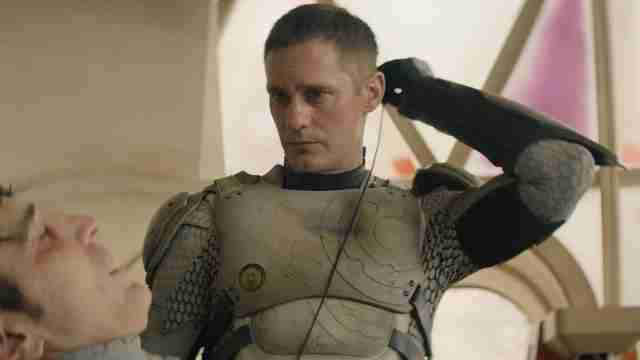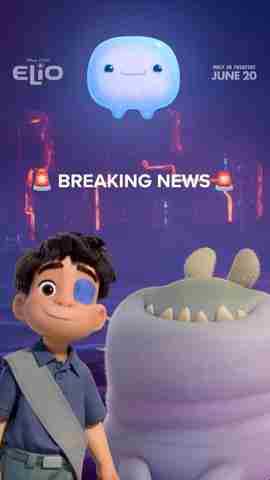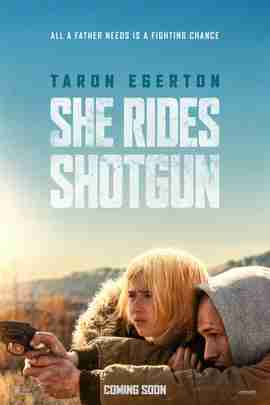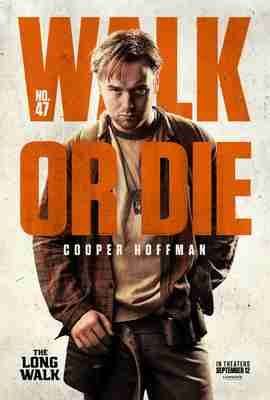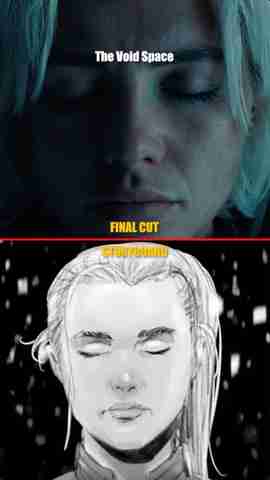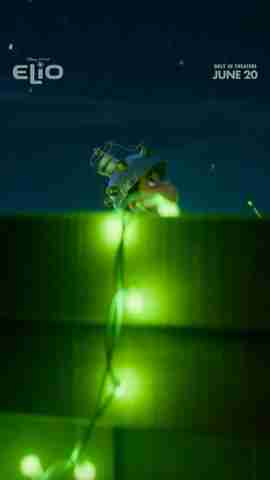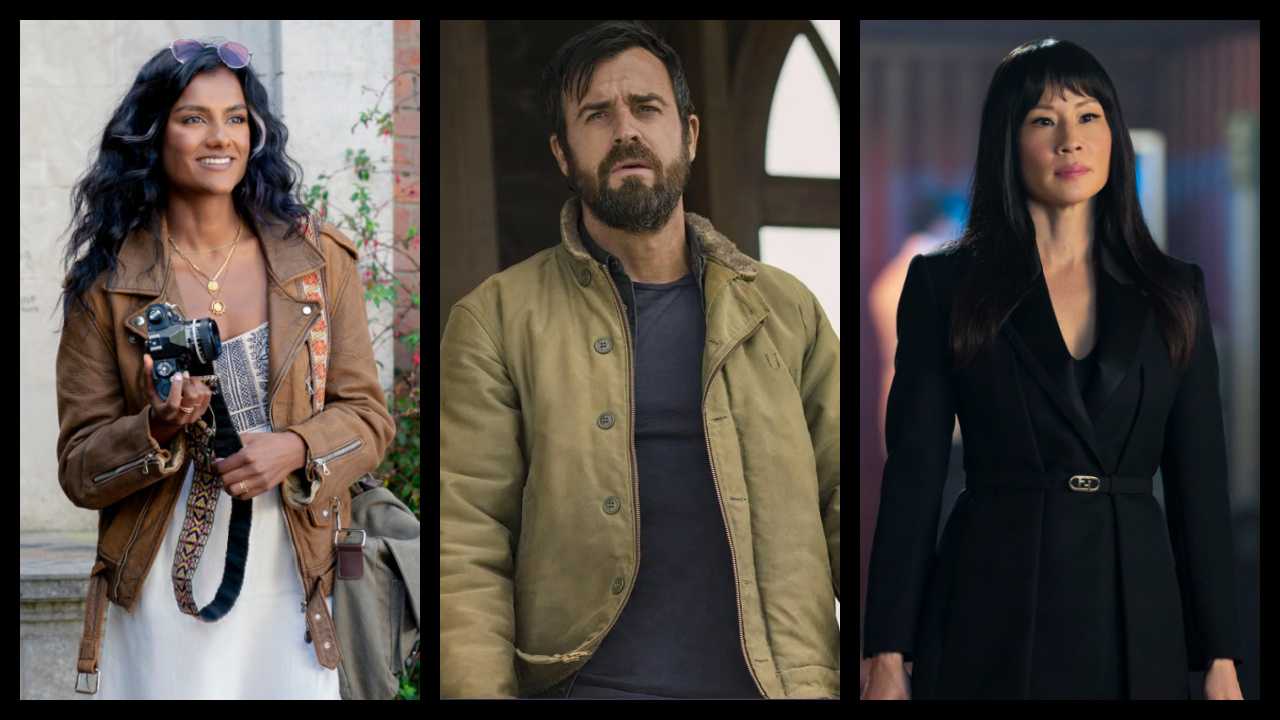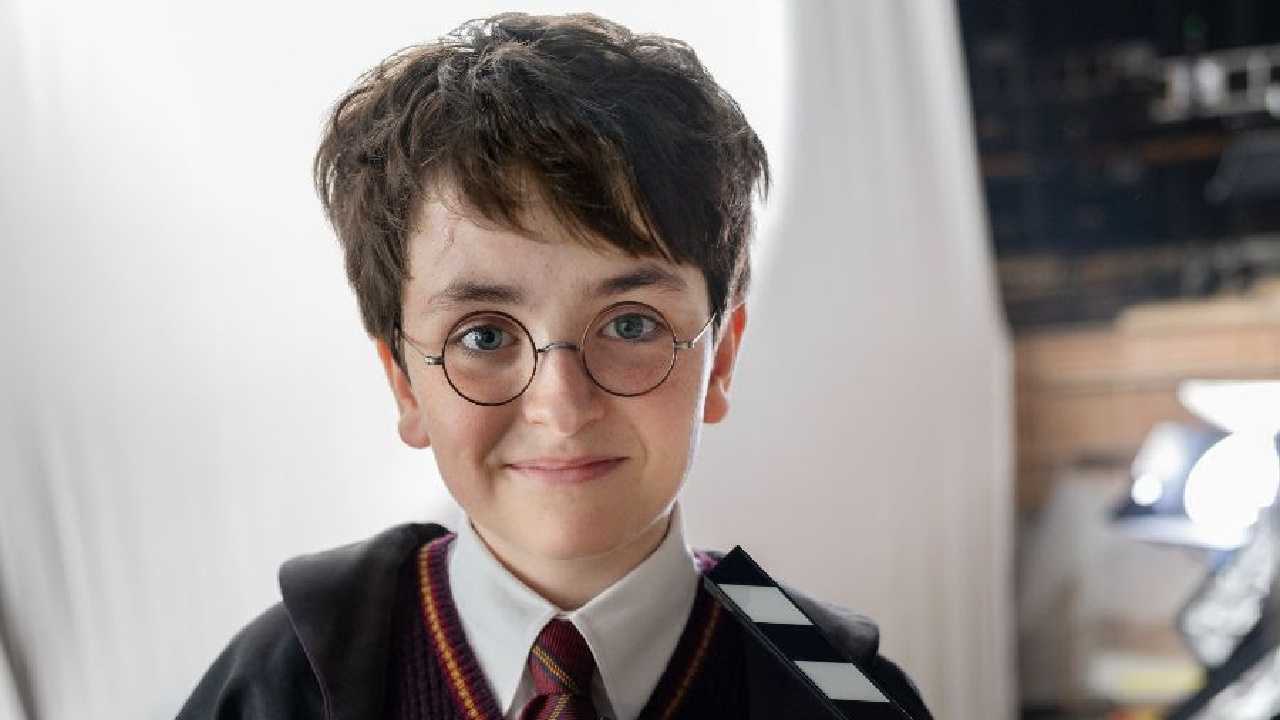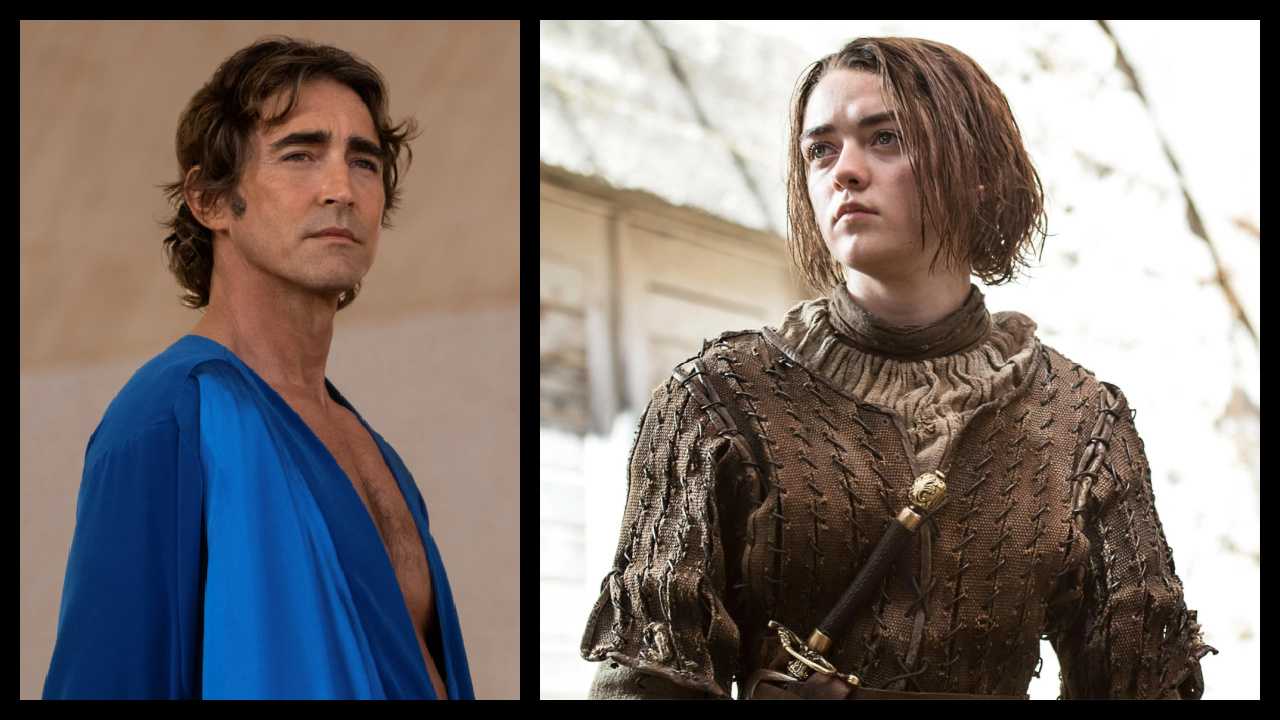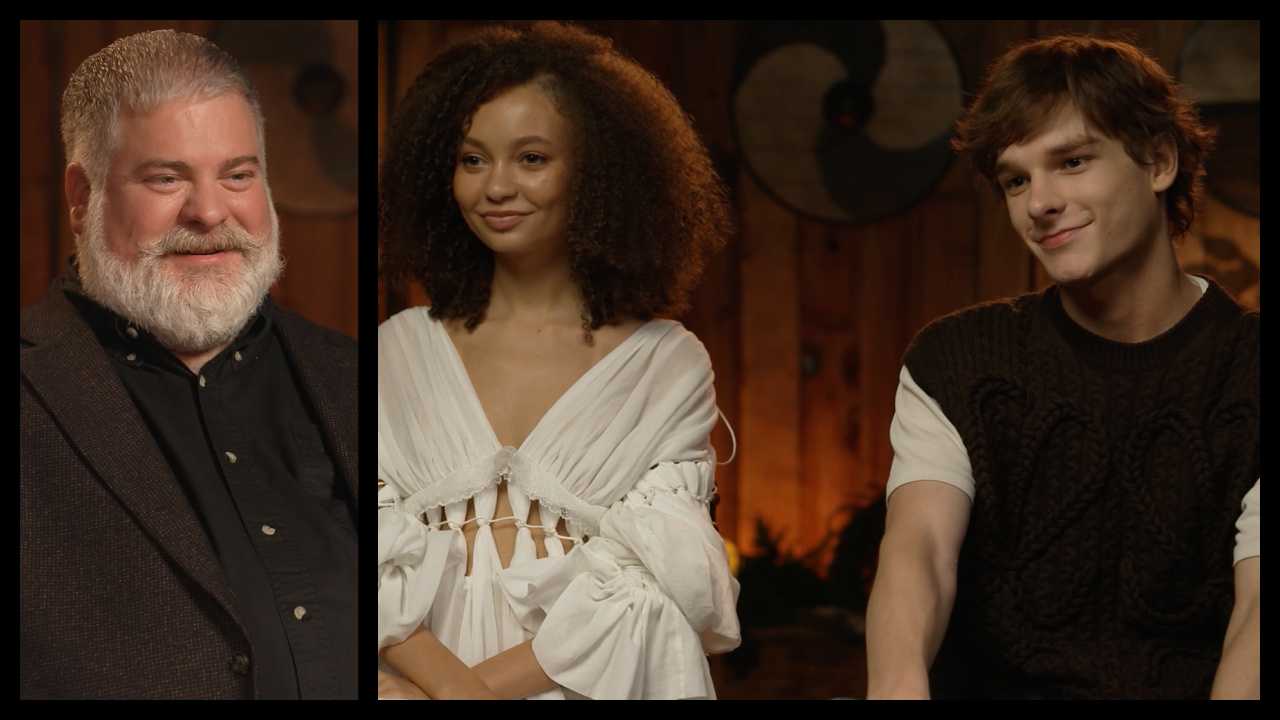How Belle From 'Beauty and the Beast' Became One of Disney's Most Iconic Princesses
After 25 years, the artist and the muse behind "Beauty and the Beast's" Belle are together again.
In 1991, the now-classic animated film was a groundbreaking project and a key turning point for the Walt Disney Company, elevating its signature animated features to a new level of artistry and becoming the first animated film to be nominated for an Academy Award for Best Picture.
But long before all the accolades, two key factors came together -- though they'd barely spend any time together in person -- to form the essence of Belle, one of the most beloved storybook heroines within Disney's considerable and historic pantheon: actress and singer Paige O'Hara, who provided both her vocal characterization and even her expressions and mannerisms, and the character's lead animator Mark Henn, who processed a variety of additional influences to render a Belle for the ages.
A quarter-century after the film's theatrical release – an occasion being marked by a new celebratory Blu Ray release, "Beauty and the Beast: 25th Anniversary Edition" -- O'Hara and Henn joined Moviefone for a joyful reunion, looking back at the creation of the most enduringly popular leading ladiy in Disney's storied history.
Moviefone: This film was a big game changer for Disney. Mark, you've been with the company for a while, and you'd seen what "The Little Mermaid" had set the table to do, and then this movie took it a step further. Tell me what was going on inside with the animation team as this project was bubbling to the surface.Mark Henn: I think we had gotten over the hump. In the early '80s, there was definitely a period of finding ourselves. Actually late '70s, towards the end of "Fox and the Hound," through "Black Cauldron" days, there was just a lot of turmoil just in terms of leadership and power struggle -- however you want to label it. But I think we had clearly gotten over that.
So we had a big success, which most people kind of forget, with "Oliver & Company," which was at the time was the biggest box office for an animated film of its day. But what you started see was kind of the stepping stones -- so we came out with "Great Mouse Detective," which was kind of the beginning of that upward turn. We were definitely on an upward tick.
We couldn't quite see that. You can see it now as you look back, of course. A lot of those power struggles, kind of the older generation, the new generation, those things kind of started settling out. Our leadership was, again, settling out. So things were clearing the way for us to just focus on making good movies.
So, starting with "Great Mouse Detective" and "Oliver," then "Mermaid," incrementally each one performed better and better, was a better movie, we got better with our craft. So things were on an uptick for us. We were certainly on the rise. We kind of had fallen in love with this whole idea of doing musicals and [lyricist] Howard [Ashman] and [composer] Alan [Menken] were setting a new bar for us to maintain a standard. Then "Beauty" came along -- and, typical of our films, had its kind of a false start in its early development. After they recognized that happens a lot with our films, they regrouped.Paige O'Hara: Initially it wasn't a musical.
Henn: Initially it was not. Again, that was one of the first decisions they made: "Let's turn this around," and they went back to Howard and Alan and asked them to take a look at it. They were already starting to think about "Aladdin." I think they were already starting to look ahead. But then "Beauty" came along, and they asked them, which they often do: it's kind of an all-hands-on-deck to help whatever its needs are when it's currently in production. So I'm glad they did.
O'Hara: I found out after I was cast that Howard wanted me from the beginning, from the first time he saw me. I also found out he was a huge fan of my Showboat recording, which was interesting. But he was the one that had the vision of the entire package of the film. But he was the visionary of the entire film and, what was so extraordinary is that we all had the same, we followed that vision. He knew what he wanted it to be.
Once we all kind of got on the same page and realized what he was going for, I think he brought out the best in all of us, the directors, the writers, the actors, the animators. He was a true genius, had a true genius temperament, and passion, and sense of humor, and energy. He was very quiet about his illness until he finally had to tell us [Editor's note: Ashman died of AIDS-related complications at age 40, in 1991], and I greatly miss him very much. I really believe that he and Alan Menken were the Rogers and Hammerstein of this era.
I don't know how directly collaborative the two of you really got to be. Mark, once you had your Belle and started looking at Paige, were you aware of what they were taking from you as it was happening?
O'Hara: Not really. I get to look where they're working and stuff and look at the pictures up there. Didn't want to see Glen Keane's booth, with all the dead animals.
Henn: Oh yeah. Looked more like Gaston's Tavern, with all the trophies on the wall.
O'Hara: It did. The dead buffalo head -- Oh my God. I wanted to throw up. But you, you had a bunch of women on yours, as I recall.
Henn: Guilty as charged. But here's the key thing: I was in Florida for the production because I had moved after "Mermaid," when they opened the Florida studio. But I was making fairly frequent trips back and forth here early on. So Belle was kind of, definitely collaborative, not only between us and Paige, but James Baxter and Lorna Cook were the other two lead animators here in Burbank.
O'Hara: Mark was the one that had Liz Taylor and all these women [on the wall]. I was so intimidated. Because I went there, and there's all these beautiful women: Liz Taylor and Natalie Wood and Audrey Hepburn, and there's my funny picture on the bottom. It was Lorna who said, "Don't worry, we're going to use you, too."
Henn: Unfortunately, I didn't get to sit in on any of your vocal recordings, which they did shoot. They would always video them. I had them available to me. So for us, our collaboration was actually we were at opposite ends of the country, just periodically crossing when I was out here in California for some meetings.
A lot of people have asked, "How does that work? Is it hard? It's like, "No, not really." We just had a pretty strong shipping account with whoever, and a lot of it was the day and age of the old satellite conferencing, teleconferencing, which was a big deal. So we'd do a lot of that and conferencing with the directors, and all kinds of things. So it worked out fine.
Did you take any inspiration in what you wanted to do with your vocal performance from the designs that you had seen? Did it put you in any kind of state of mind or direction?
O'Hara: They didn't want me to look at them. I didn't really see the final drawing until after I had been in the studio for a while. They were so adamant about me being Paige, her own voice -- "Let them draw it." I did see the initial drawing, where she looked like Angelina Jolie at 20, with curly hair on her head. She was, like, too perfect. And I thought, "You know what, kids aren't going to identify with someone that beautiful."
So they made the right choice. They made her pretty, and quirky, and identifiable. And all these years these kids are writing to me, thank God for a brown-eyed, brown-haired princess. She looks like me. I can't tell you the thousands and thousands of letters I've had.
How did you find that particular look? She has the qualities of the archetypal Disney heroine, and we also see Paige in there: bits and pieces of her personality come through pretty strongly. How did you assemble that and end up with "Ultimate Belle"?
Henn: "Ultimate Belle." Sounds like a reality show! It's very collaborative, and we spend a lot of times in rooms not too dissimilar to this, and there's just walls plastered with drawings and images. It's just kind of wide open. What could Belle look like? It's just this free-for-all, so it slowly gets whittled down from there.
Once the voice talent, Paige, was brought on board, and we're starting to hear her, automatically pictures start coming to mind in terms of who this character is. You start looking at the designs that we have, and you start trying to match those two and marry those two.
We do a lot of tests. It's a lot of, do a test, show it to the directors, and they're like, no, I don't like that. This works, but I don't like that, and we go back. You just keep constantly refining the process until eventually somebody says, the picture's due out next year, we need to settle, come up with something. But it usually comes together pretty quickly, and everybody feels good about what they're seeing.
Paige, most people aren't completely aware of their own personal mannerisms, but as an actress you may be more aware. Did you recognize the things, the physicality they borrowed from you?
O'Hara: Of course! What was really funny: the first scene, my sisters saw it. My sisters are cracking up laughing in the very first song. "Oh my gosh, the hair, the looks, the expressions" -- absolutely, yep! And then the one scene my husband laughed at was the one when the Beast's taking her in to the library and says "Close your eyes," and that's totally my face. You know the little things. That's what's so genius about them. They videotape you and then they become actors with paint brushes.
Henn: We get a lot from the voice talent. I think once we get enough work up and they start seeing how their influence is influencing us, and I think that kind of comes back to how they start crafting the character.
I just remember there was such a warmth to her voice. There was a unique voice, but there was just such a warmth and charm. I'm sitting there thinking, "I've got to get that into Belle, somehow."
O'Hara: You did, with the eyes. What you did through the eyes -- since they're not doing hand drawn anymore, I don't think they're as realistic anymore, to me. They're wonderful. The audience loves them. I mean, look what "Frozen" did. But if you look at it as an artist -- which I'm not a great artist, but I'm good enough to be at Disney Fine Art -- and I look at what Mark did, to me that's a whole other level of artistry that I hope that eventually we'll get back to: the hand-drawn. Someone told me that it took a week for an artist to draw 20 seconds of film, roughly.
Henn: I think they used to always tell us the goal was to get three to five feet a week for an animator, which was about just a few seconds of time per week. But then you have 30/40 animators. It adds up.
That's a nice segue: I think artists either get the Disney style, or they don't. Paige, as an artist yourself who's now familiar with the character with "Belles by Belle" artwork you create for Disney Fine Art, you obviously get it. What's fascinating to you about the design of Belle?
O'Hara: I've had a lot of Disney artists at Fine Arts say, "You, of all of them, tried to emulate as much of what Mark did in the film as possible." I want her eyes, her face to be exactly like he created. The highest compliment I can get from my fellow artists at Disney Fine Arts, they tell me I incorporate the emotion as often -- not every painting, but often my top-selling paintings -- as what he did. So I guess I owe you a royalty!
Obviously, the impact of this film was immediately apparent. Now you've had 25 years to watch the legacy, and that's one of the greatest things about being involved with Disney animated film is revisiting the history of its classics. Let's talk about your feelings about it today.
Henn: Paige mentioned it to me earlier, just in terms of the fan letters and how impactful for a lot of young girls this movie was, but I still to this day, a lot of people would come up and say, "That was my favorite movie. It really was. 'Beauty and the Beast' is still my favorite movie."
O'Hara: It happens all the time. [I've been told that] Belle is more popular with men than women -- maybe Elsa surpassed that now. Because I get tons of fan letters and requests for pictures from men. I do have a lot of gay friends, men that say, "We wanted to be you."
Henn: To be a part of that generation that kind of took the mantle from the first generation and carried it through -- a lot of people called it the second golden age. And I'll get comments and letters and things, and they'll say, "Oh, you animated my childhood." And I guess that says it best.
O'Hara: Disney came to shoot this documentary on my life and my house for, like, three to four days. I know this sounds really weird: I felt like it was an obituary, because they were doing everything, going through every picture. "Oh my God, I turn 60 and now you're doing this documentary."
They cracked up laughing. "Well, we'll have your obituary when you eventually pass, but O'Hara, you're not going away for another 25 years. You'll be here for the next 25th anniversary, 50th anniversary."

